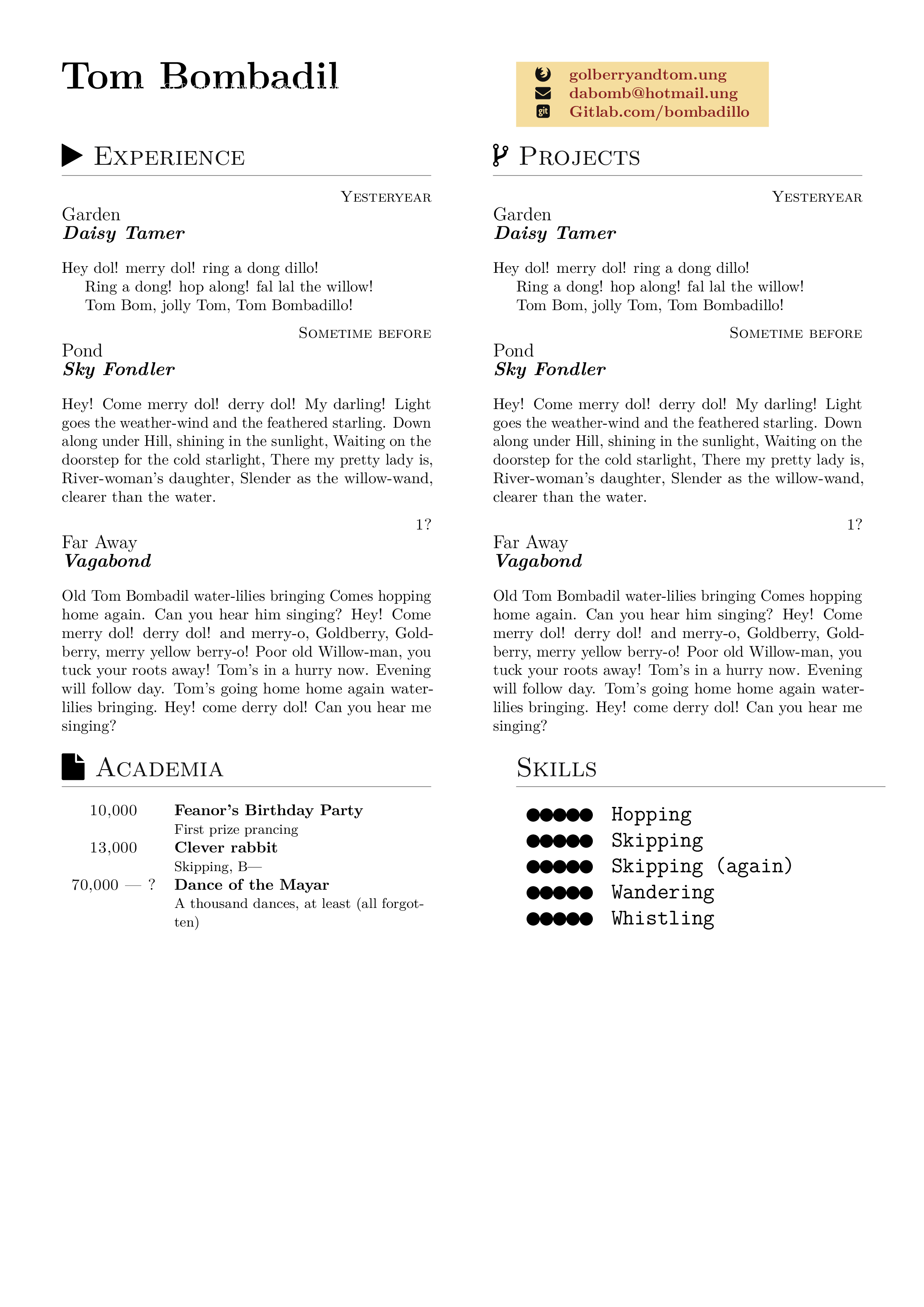Projects
Linux Knowledge Base
The Linux Knowledge base (lk) started as a set of notes on how things work.
They're now searchable, using only CSS.
Here's a video showing development. Every 'flower' is a project (most are books), and people shoot laser-beams of writing into the files (depicted as the outer petals).
Scavenger Hunt
My nephews wanted a scavenger hunt, but it's always a hassle to remember which clue go where. So I've made the world's most over-engineered scavenger hunt, complete with a CI.
What You Do
You put your 'clues' into a spreadsheet, like this:
| Name | Clue | Place | Next |
|---|---|---|---|
| collar | Ask the one who cannot answer. | Tape inside dog's collar | log |
| log | The captain says, it's not for burning! | Under fireplace log | birdhouse |
| birdhouse | The smallest house can stand tall. | Place inside birdhouse | umbrella |
| umbrella | I'll go up a chimney down, but not down a chimney up. | Inside umbrella | curtains |
| curtains | Pull me back in morning, close me at night. | On top of the curtains | envelope |
| envelope | I start with an 'e' and end in an 'e', but only have one letter. | In an envelope | bluebells |
| bluebells | These bells seems sad, they cannot ring. | In the garden, among the bluebells | END |
Normally, this looks easy for the first three clues, then you're left with the clue about the curtains, wondering '*where do I put this? Where was the last one?'.
What the Repository Does
Using recfiles as a plain-text database, scavenger outputs instructions for where to put each clue, with a randomized legend.
Then you just print the output pdf, and take out the scissors.
Decentrala: Belgrade's Hacker-Space
Decentrala does talks, provides services, and struggles with documentation.
I've been adding ideas to the configuration and docs repositories when I get the time at our git server.
CVLS: The LaTeX CV Class
The LaTeX CV class makes (unsurprisingly) a CV.
It's made to be used as a git submodule, but it runs on its own so that it can output an example pdf for Tom Bombadil.

BIND
Everyone who plays Dungeons & Dragons has their own house rules. This has to stop, so I've made my own tabletop roleplaying game rules, and released the source files so anyone can modify it. By making the game open, every version is equally 'official', and everyone can share their changes.
mkdots
You don't need a fancy dot-file tracker!
You can track everything easily, with make, git, and ln.
The mkdots project provides an example of how it works.
1├── Makefile
2├── home
3│ ├── bashrc <-- This links to ~/.bashrc
4│ ├── gitconfig <-- This links to ~/.gitconfig
5│ └── vim
6│ └── vimrc <-- This links to ~/.vim/vimrc
7├── extra
8│ ├── cron
9│ │ ├── backup
10│ │ └── tab
11│ └── cron.mk
12└── scripts
13 ├── mkdots <-- This links to ~/.local/bin/mkdots
14 └── wifi_qr.sh <-- This links to ~/.local/bin/wifi_qr.sh
- The
makerules take any file inmkdots/home/and make a dot-file, somkdots/home/bashrcbecomes~/.bashrc. - Using
lnto make hard-links means you can remove themkdotsdirectory at any point, or check out another branch, without damaging your dot-files. - Backups are handled with
git, which can also half-synchronize machines by using branches.
This allows me to use a single set of rules on my server, which propagate to the other machines.
1├── server <-- Changes here apply everywhere.
2├── laptop <-- Changes here apply to machines with a GUI.
3│ ├── PC <-- The tower PC has its own branch, but still receives others.
4│ └── Test VM <-- New machines are set up instantly.
Artblocks
This was a tongue-in-cheek project to help people understand why NFTs are pointless.
The setup:
I've made a new NFT project which places images on a block-chain, but better; no environmental cost, can verify images absolutely, and will also verify ownership.
The punchline is that it's just a git project with git-lfs to store the images.
Since git uses a Merkle tree, and signed commits let someone verify a 'correct' node, the repository is, QED, a blockchain.